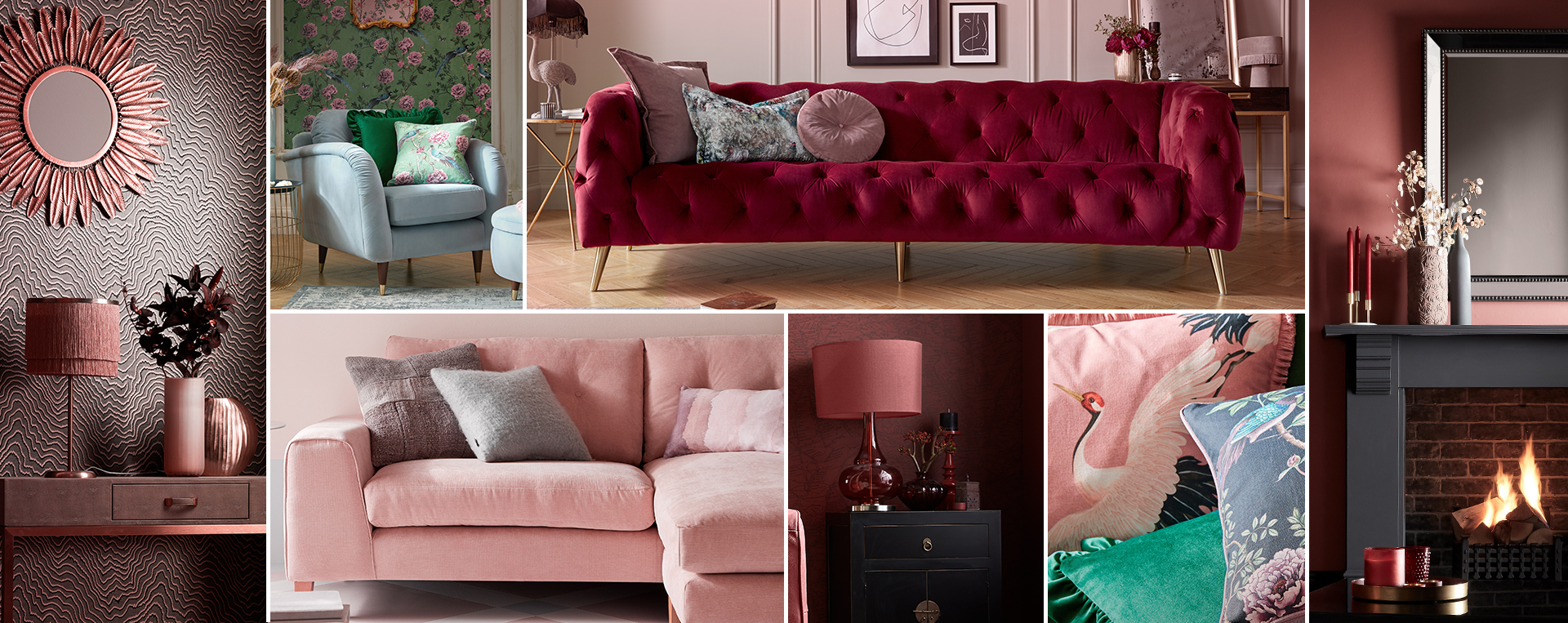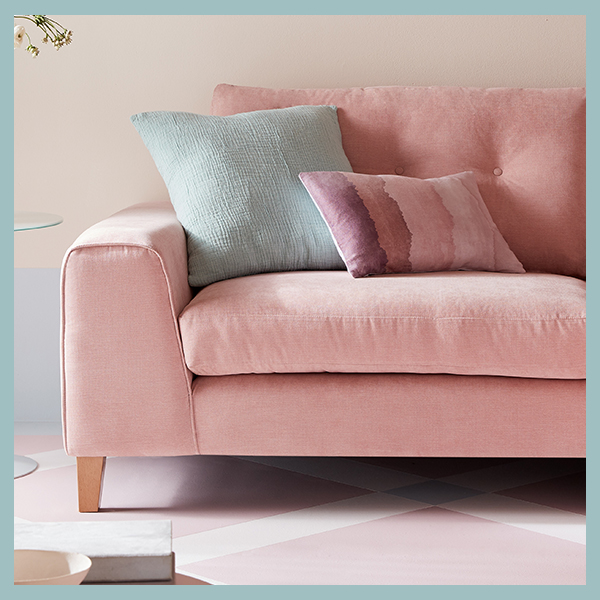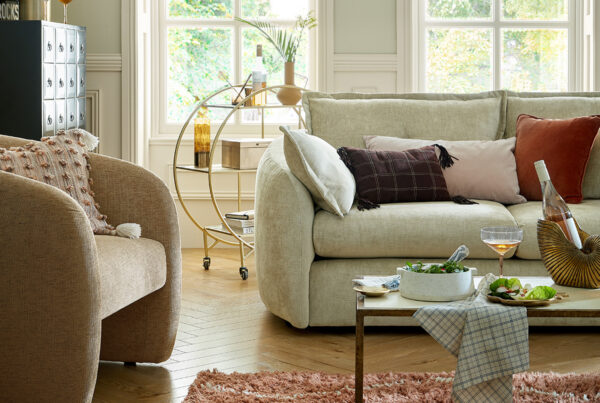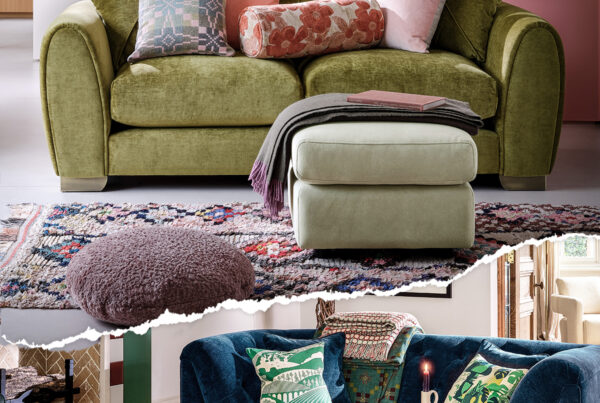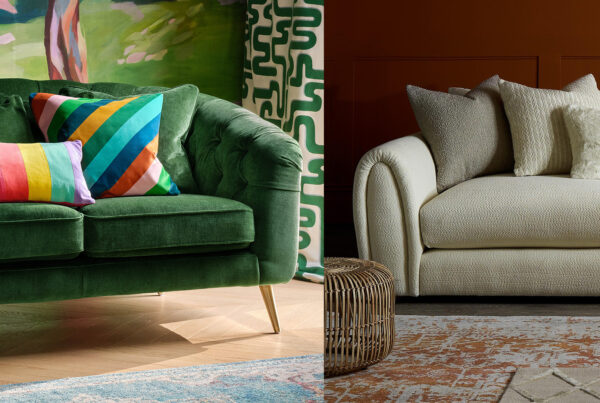Consciously refined and built for entertainment, the drawing room is more than just a classy lounge. Georgian and Victorian families once displayed their most stylish furniture in these parlours – if you have a taste for tradition, it’s easy to do the same.
The Georgian drawing room was a place for withdrawing after a meal, especially for ladies. These stylish parlours became true social hubs: they hosted after-dinner card games, musical performances and, of course, afternoon tea aplenty.
Even as the social need has disappeared, the drawing room’s style legacy has lived on. We’ll show you how to ace the look at home, whether you live in a large country house or a one-bedroom flat.
Set furniture centre-stage
Drawing rooms were always about two things: flaunting and relaxation. That’s why you should choose furniture that combines the two – a classy but comfortable sofa, ornate cabinets and cosy armchairs.
The Chesterfield-style Alchemist is a good option in rich cranberry shades or plush Peacock blue, depending on the mood you want to create. Something a little slouchier can also work – picture the deep pile Lady Muck in a soft, neutral colour like Elephant Grey, set against a Downton Abbey-style backdrop. An elegant chaise sofa like the Demure can be dressed up or toned down according to your tastes.
Unlike modern living rooms, drawing rooms were built for socialising, so create a central seating area with a variety of pieces. Your primary sofa might be flanked by footstools and wing chairs. Position other statement pieces outside this central zone – think about dainty upcycled cabinets or a luxurious chaise longue draped beside a bay window. You could even invest in a piano to fully embrace the traditional look.
Drawing room designs don’t usually feature TVs (and we have a guide on alternative focal points), but there are ways to make them blend if you can’t give up evening entertainment. You might choose a vintage television cabinet or to mount your TV to the wall, before camouflaging the screen with adjacent paintings.
Opt for bold colour schemes
The drawing room has changed a lot through the centuries – in Georgian times, it was a lavish upstairs escape, before moving close to entrance doors in the Victorian era. The style also shifted considerably over time – by the 1830s, colour schemes had unified so it was important to opt for matching hues. These often included deep, vivid blues and reds.
Four decades later, a greater variety of patterns would become the norm, creating plenty of busy vibrancy. The Aesthetic Movement at the turn of the century would see a backlash against earlier ornate styles. Stepping away from simple grandeur, it became important to showcase your interest in art and design by pairing Art Nouveau patterns with framed prints.
This means you can choose from a wide variety of drawing room paint shades or wallpaper styles. One of the easiest ways to balance tradition with modernity is to opt for on-trend pastels, pairing soft pink sofas and light blue walls with decorative coving and gilded door frames.
Choose traditional home furnishings
Chandeliers, ornate fireplaces and wooden room dividers – there are many ways to accessorise your lounge in a drawing room style.
If your home has period features – like airy Victorian ceilings, grand fireplaces or exposed timber boards – incorporate them into your design. Don’t be disheartened if you don’t have these, though – drawing room decor is all about pattern and tone, so you can even transform small living rooms.
Create a simple drawing room look by investing in patterned rugs, velvet curtains and other luxurious soft furnishings. You can even crown your pride and joy with stylish sofa accessories.
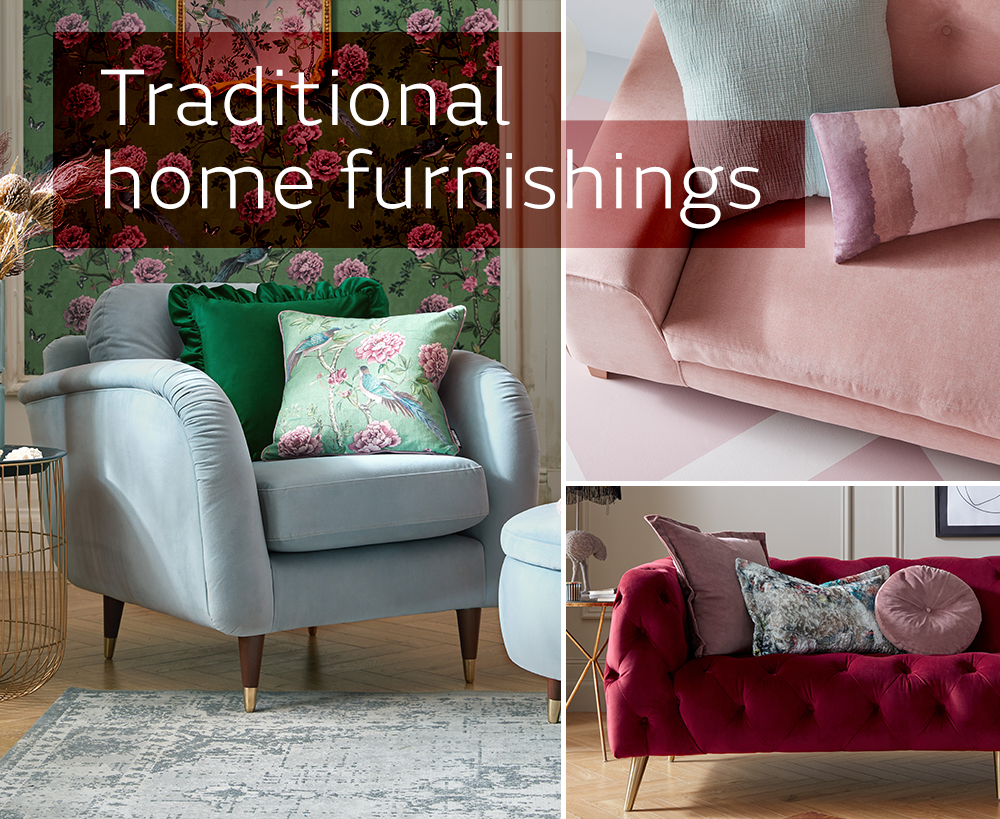
Finish with antique touches
The secret to great interior design is sharp attention to detail. Aim to create the impression that your grand entertainment space has been furnished over several generations by choosing antique clocks, high bookcases or even retro telephones for a nostalgic feel.
Getting the antique look doesn’t have to cost the earth, though. Upcycling old curtain rails or mirrors in antique gold can add layers of character to modern items.
The dandy, creative world of aristocrats has never been so accessible.
Hungry for more living room tradition? Read these guides:
Our favourite fictional living rooms Britain's favourite home comforts Learn how to arm-knit your own cosy sofa furnishings


